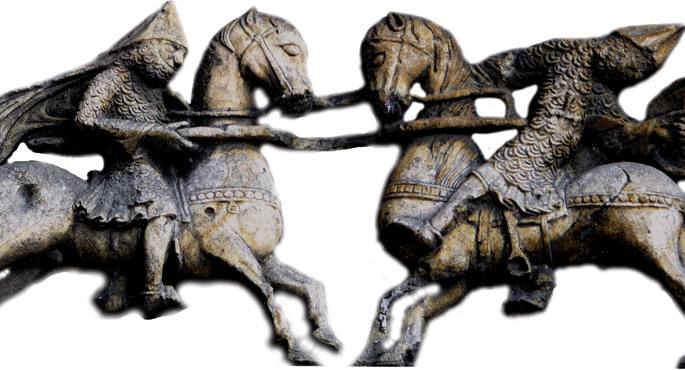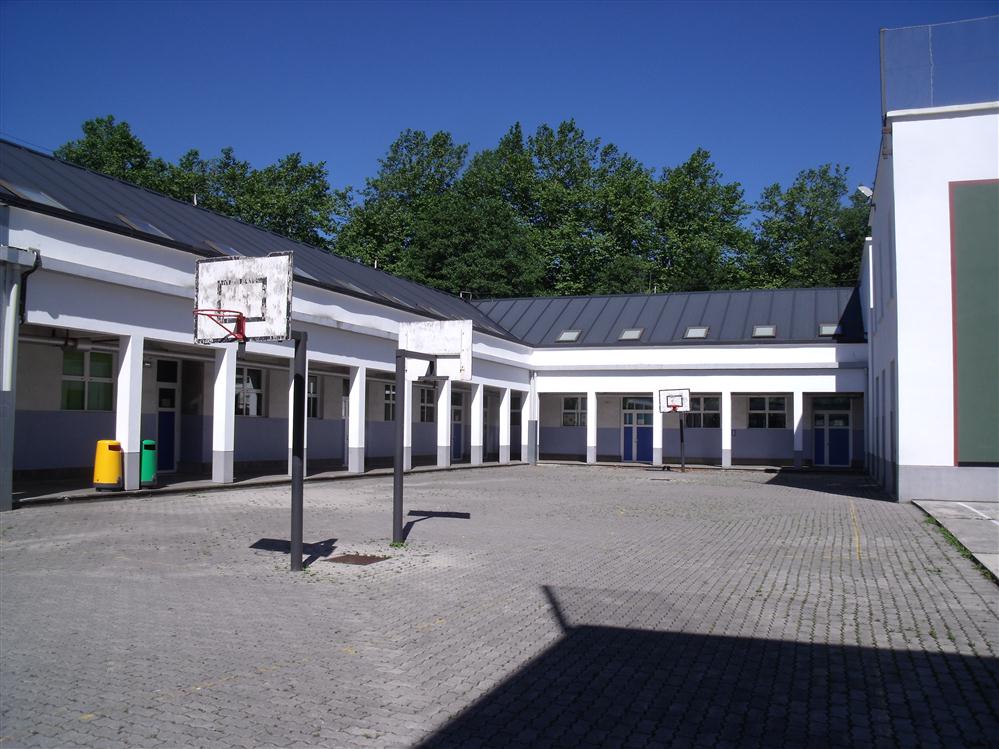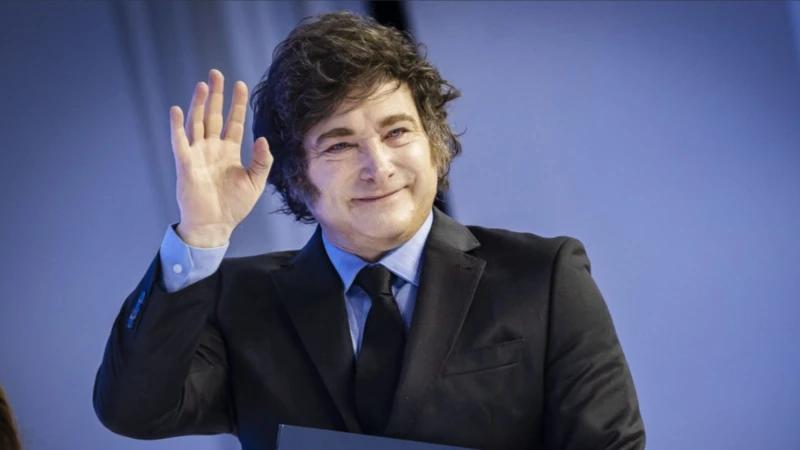A cry has been heard
- When Eugène Garay de Monglave published Altabizkarko Kantua almost two centuries ago, he wanted to “find” the popular epic poetry of the Basques. Much has been discussed about the falsehood of the song, not so much about the intention of that falsehood: to create the imaginary that the Basque mind needed.

In 1834, in the first issue of the Journal of the Institut Historique of Paris, the Baionarra Eugène Garay de Monglave published Le Chant d'Altabiçar, Altabizkarko Kantua, an epic and supposedly ancient poem that sang the defeat of the Basques over the Karland Army. But this story actually began about fifty years earlier, in Germany, between the pages of philosopher Johann Gottfried Herder.
In 1784-1791, Herder devoted a page to the Basques, in the imposing work Ide zur Philosophie der Geschichte der Menschheit, published in 1784. There he highlighted the antiquity of the Basque people and the language, and he highlighted some of the feats that the Basque has done throughout history. The battle of Roncesvalles, among others. For Herder, “it would be desirable for us to know the language, customs and history of this joyful and fast people, and that, as Macpherson has done among the Celts, a second Larramendi among them sought and investigate the remains of the old Basque national enthusiasm.” Monglave himself, in his prologue to the Altabizkar Song, would mention the name of Macpherson: “Perhaps Macpherson, who collects old songs from the Basques, will come.”
James Macpherson's long shadow
In the 18th century, James Macpherson, through his poems based on the Gaelic tradition, made famous various Scottish characters (Fingal, Ossian...) throughout Europe. However, the controversy followed Macpherson from the very beginning, and there were not many who had their work of falsehood. The mention of Herder, on the other hand, was positive, and it clearly reflects the view of the German romantic over the Scottish.
It is no coincidence that Monglave also remembers the name of the Scotsman, but it is to be assumed that the expression of that quote is more complex. On the one hand, Baiona also gave Macpherson the value Herder gave him, the search engine and developer of popular tradition. On the other hand, however, we must not rule out the fact that the value of the counterfeiter has also been taken into account. We have not yet said: The poem that Garay de Monglave wanted to sell in 1834 as a contemporary of the Battle of Roncesvalles was not an old poem, but a poem written by himself. Moreover, what Monglav published was a translation (by Louis Duhalde), which wrote the poem in French. So my hypothesis is this: Monglave read Herder's text, available in French since the 1820s, calculated two more and he was extracted four: the Basques do not have popular epic poetry, but being one of the oldest peoples in Europe, they should be; just as in Scotland, in Euskal Herria they should also look for that poetry -- know -- they would need a Macherson to form it; and the last question was asked. If I were the Macpherson of the Basque Country? In 1866, researcher Jean-François Bladé accused Monglave of mentioning the Scottish name: “Today, we all know, except Mr. Garay de Monglave, that Ossian poetry is the work of a skilled forger.” But perhaps Mr Garay de Monglave knew that too.
The Success and Reasons for a Song
By publishing the Canto de Altabizkar, Eugène Garay de Monglave said that he had seen it in a manuscript found in San Sebastian, although the version of the Journal of l'Institut was not the same: Monglav formed it through several varieties collected on both sides of the Pyrenees. The Altabizkara song was, in his words, a popular song among the Basques, transmitted from mouth to mouth.
Thus, the poem that linked the oral tradition – collected by Monglave – with the written one – the manuscript of San Sebastião – was very successful in the nineteenth century. Francisque Michel included it in 1857 in the book Le Pays Basque, in the section of popular poetry, and although he did not accept the antiquity granted to him by Monglav, he recognized that it was an old poem. The Basque Country of Madrid Julio Nombela publishes a Spanish translation in the Chronicle of the Province of Navarra: “This song accounts for the value of the old Basques,” Nombela wrote. Likewise, Louis Lande, in 1878, confessed ten centuries of age to the poem in his book Basques et Navarrais, and that same year, Hermilio de Oloriz published his version in the Revista Euskara de Pamplona.
However, the veracity of the song had already been questioned, especially by a scholar, Jean-François Bladé. In his Dissertation sur les chants heroïques des Basques, written in 1866, Bladé denounced the falsehood of the song. In this text, he severely criticized Monglave and, in addition to emphasizing that this is a new poem, Bladé came to say that the version of the Journal of l'Institut needed translation. In 1883, another major Basque researcher, Wentworth Webster, joined Bladé in a brief article written for the Bulletin of the Royal Academy of History.
However, despite the success of the song and the criticism of it, we must ask ourselves what the whole story has come about. Why create a song? Why defend it as energetically, as some did?
The answer is found in the same year and place where Hermilio de Oloriz published his translation: In 1878, Arturo Campión wrote an article in the Euskara Journal: “Basque popular poetry and its relationship with the poetic capacity of the Basque race” (Basque popular poetry and its relationship with the poetic capacity of the Basque race). In it, Campion brings up Herder, the book he mentions in the beginning lines – and indeed, the version that surely Garay de Monglave himself read. Because there's the key: If we admit that the soul of a people is its popular poetry, as Herder wanted, then we are demonstrating the existence of the Basque people, demonstrating that this people has poetry. As Herder had asked, Garay de Monglave sought the Basque mind.
Is it a scam?
In the twentieth century, Altabizkarko Kantuak has also had the work of critics. For example, Jon Juaristi stabbed him in the book The Lineage of Aitor. More subtle – but more perverse – in the prologue of a 2006 book, Pascual Tamburri suggested, without noticing, that “the accident of the Canto de Altabizkar is more significant than is believed”, that is, that all Basque culture, such as singing, is the result of fraud, or that is what Tamburri defends – not, of course, with those words.
Is the Altabizkar song a scam? In part, yes. In other words, what the author explains as if outside the 9th century or the 10th – and originally written in Basque – is a 19th century poem – originally made in French. Chord. However, it would be lawful to ask: and we, what do we have? First of all, a nice poem, because Bladé, among other things, criticized him for being too modern, because he has no known rhyme or metric. And secondly, a beautiful program to guess Euskal Herria, which merges with the romantic atmosphere of his time. More than fraud itself, we are interested in the context of deception and the reasons for falsehood. And the trail of the poem in our imagination. Monglave began to create an epic poetry that had to be Basque but did not appear anywhere, with the intention of showing that in the Pyrenees there is still a Basque mind. I mean, it's already doing it. Because Garay de Monglave was interested in the present, more easily than the past. And then we have to learn from that cry that was heard in 1834.
Heldu diren lerroak idazteko proiektua aspaldian sortu zen, Pirinioetan eginiko bazkari batean. Hasmentan, hiru ginen parte hartzekoak: Joxemiel Bidador, Patxi Larrion eta neroni. Joxemiel zenak agudo demonio egin zuen bere partea, eta, geroago, argitaratu ere argitaratu zuen, bertze biak ez zirela heldu ikusita. Patxik ere zegokion lana bete egin zuen. Ni izan nintzen idatzi beharrekoa idatzi ez nuena, eta proiektua bertan behera gelditu izanaren erruduna. Zor hura kitatzera heldu naiz orain, eta, bidenabarkoan, Joxemieli omenaldi egitera, hari baitaude dedikatuak orrialde hauek.
In 2021 we began to hear the first echoes of the Guggenheim Urdaibai project. The then General Manager Unai Rementeria told us that it would be done yes or yes. To reinforce his claims, he left 40 million euros “shielded” by the time the museums were built. There it is!... [+]






















